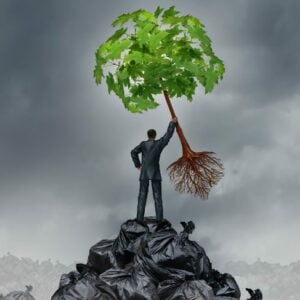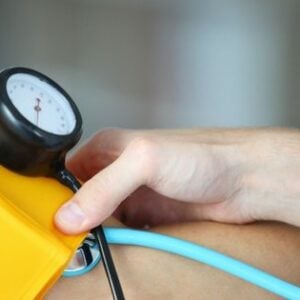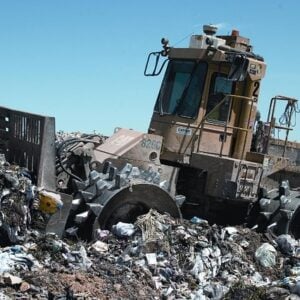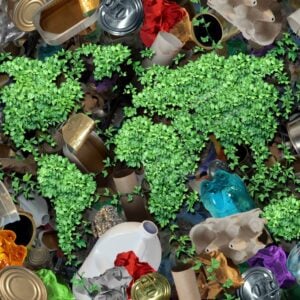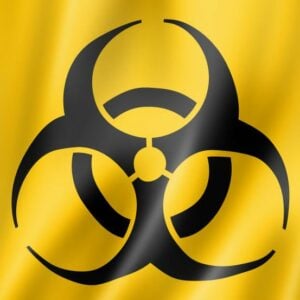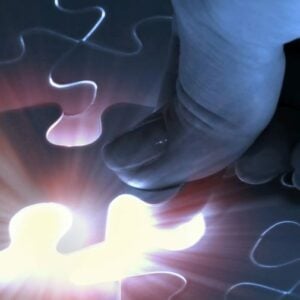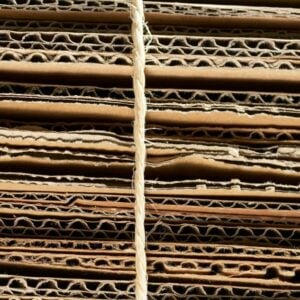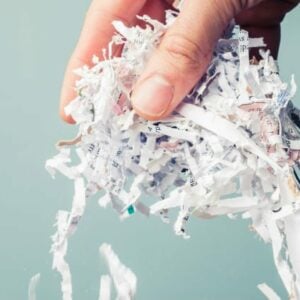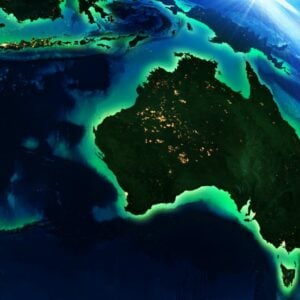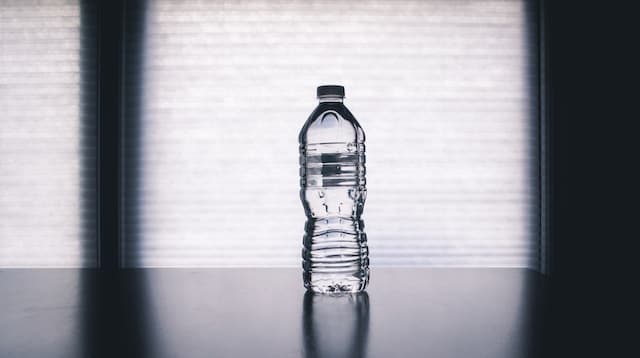
Scientists Discover About A Quarter Million Nanoplastics In A Bottle Of Water 🚰
Nanoplastics In A Bottle Of Water 🚰: 2024 has brought a shocking piece of news! The bottle of water you purchase at your local grocery store may contain 10 to 100 more amounts of tiny bits of plastic called nanoplastics, first observed and classified using a microscope equipped with dual lasers, as per the findings presented in a recent research paper featured in a peer-reviewed journal published by the National Academy of Sciences. We will cover more about this breaking news below, so read on to learn more.
Before starting with this news about nanoplastics in a single water bottle, let us cover a bit more about nanoplastics.
Nanoplastics have now become one of the most abundant types of plastics out there, which you may unknowingly inhale through various objects. Below, we give you a more detailed breakdown of what nanoplastics are.
Nanoplastics are tiny particles of plastic that have a size on the nanometre scale, typically ranging from 1 to 100 nanometres. To put this in perspective, a nanometre is one billionth of a metre. Nanoplastics can be the result of the breakdown of larger plastic materials through various physical, chemical, or biological processes.
There are two primary sources of nanoplastics:
- Primary Nanoplastics: These are intentionally produced at the nanoscale for specific purposes, such as in some industrial processes or the manufacturing of certain products. Examples include nanosized plastic beads used in cosmetics or nanofibers used in textiles.
- Secondary Nanoplastics: These are formed through the degradation of larger plastic items, such as bottles a bottle of water, bags or packaging materials. The breakdown can occur due to exposure to sunlight (photodegradation), mechanical forces (such as abrasion or fragmentation), or biological processes. Microplastics, which are slightly larger particles (up to 5 mm), can further break down into nanoplastics over time.
Nanoplastics’ environmental impact
The concern with nanoplastics lies in their extremely small size, as it allows them to enter various environmental systems and biological organisms more easily. They can be found in air, water, soil, and even in organisms at the microscopic level. The potential impacts of nanoplastics on ecosystems and human health are areas of ongoing research and concern.
Due to their size, nanoplastics may interact with cells and tissues in ways that are not yet fully understood, and they have been detected in various environmental compartments, including marine environments, freshwater systems, and even in the air we breathe.
Understanding the full extent of their environmental impact is an active area of scientific investigation.
>Download Now: Free PDF Business Owners Guide To General Waste Bin Services
How different are nanoplastics from microplastics?
How is the consumption of nanoplastics in a water bottle different from, say, inhaling microplastics? For starters, the primary difference between nanoplastics and microplastics lies in their size:
- Nanoplastics: These are plastic particles that have dimensions on the nanometre scale, typically ranging from 1 to 100 nanometres. They are extremely small, even smaller than microplastics. Nanoplastics can be formed either as primary particles intentionally manufactured at the nanoscale or as secondary particles resulting from the breakdown of larger plastic materials.
- Microplastics: Microplastics are larger than nanoplastics, with sizes generally ranging from 1 micrometre (1,000 nanometres) to 5 millimetres. They are visible to the naked eye but still small enough to be considered microscopic. Like nanoplastics, microplastics can also be the result of the degradation of larger plastic items or may be intentionally manufactured at the microscale for certain applications.
Both nanoplastics and microplastics share common concerns related to their environmental impact. They can enter ecosystems, water bodies, soil, and organisms, posing potential risks to wildlife and human health.
Both types of particles are part of the broader issue of plastic pollution. The researchers are actively studying their distribution, behaviour and potential consequences in various environments.
Now that we have learned more about nanoplastics, let us see what the deal is with it and a bottle of water below.
Breaking news on nanoplastics in a water bottle
As mentioned above, the average litre of bottled water has nearly a quarter million invisible pieces of minute nanoplastics, detected and categorised for the first time through the use of a microscope using dual lasers, measuring less than a micron in size.
On average, two standard-sized water bottles had 240,000 little bits of plastic particles in them, which the researchers discovered using “a powerful optical imaging technique for rapid analysis of nanoplastics.” Additionally, the study indicated that around 90% of the water particles were nanoplastics, with the remaining 10% being microplastics.
The study found that these particles are present in common bottled water brands, with the plastic potentially originating from the bottle itself and the reverse osmosis membrane filter. The researchers expressed uncertainty about the health implications of these nanoplastics, emphasising ongoing investigations into their potential dangers.
Despite concerns, industry associations highlight a lack of standardised measuring methods and scientific consensus on health impacts. The study suggests that the world is grappling with significant plastic pollution, with over 430 million tonnes of plastic produced annually, contributing to microplastics in oceans, food and drinking water.
Additional info on nanoplastics in a water bottle
Global efforts for a plastics treaty continue amidst challenges. The co-authors of the study are reported to be reducing their bottled water use, acknowledging the complexities surrounding plastic consumption.
External experts, whilst praising the study, express unease about the potential risks of fine plastic particles. They emphasised the need for further research.
The study’s use of dual laser microscope technology is deemed an exciting development in plastic environmental and body research. However, some experts call for replication of results.
The study suggests that whilst nanoplastics in bottled water raise concerns, the total weight found is relatively small. So, the study author recommends using reusable bottles to address worries about single-use plastics.
More information about Waster
Does your Australian-based business need waste and recycling services? If so, then you have come to the right site!
Please call 1300 WASTER (1300 927 837). You can also email us at enquiries@waster.com.au if you have any further questions. Find the best deals in terms of waste and recycling pricing and services!
Leave a Reply Cancel reply

Product categories
Most Popular Posts
-
Commercial Waste Management Services: Reduce Waste Collection Costs! 🚍
-
Medical Waste Disposal: Everything You Need To Find Out In 2024! 💉
-
Rubbish Removal Sydney 2024: Better Bin Collections For Business ✅
-
Clinical Waste Disposal 2024: What To Know About Business Clinical Waste ⚕️
-
Secure Document Destruction 2024: All About Security Bins Shredding 🔒
-
Free Cardboard Recycling 2024: Can I Get Free Cardboard Collection? 📦
-
Confidential Paper Disposal Bins 2024: What You Need To Know About Shredding! 🔒
-
Recycling Bins Australia 2024: Recycling Can Boost Your Profits! ♲
-
Commercial Wheelie Bin Collection: What Businesses Need To Know In 2024 🗑️
-
Commingled Recycling 2024: Why Commingled Bin Is Key To Recycling 🍾


